The 7 Key Elements of Interior Design Explained

One of the most important topics in interior design is the elements of interior design. It's truly one of those things that all interior designers must know and understand to be able to create spaces that are harmonious and coordinated.
So we're going to dive deep into each of these elements, and at the end, I'm going to give you some tips on how to use them and how can they help you improve your overall design process.
Elements of interior design
1. Space
What is space in interior design? Space is the area of one or more rooms inside a house or building. The real challenge is to know how to make the most of these spaces.
For this, you need to know the two subcategories of space. Positive space refers to the space that will be filled with objects. And negative space is the space that is to be left empty.
Both types of space are necessary to bring balance to a room. You don't want to design space that is going to feel too overcrowded, but you also don't want to design anything that's going to feel too bare and plain.
2. Line
Line is another important element of design and one we sometimes forget about. You have to be very careful when you want to use the line element because different types of lines will reflect different types of emotions and sensations, and they'll evoke different feelings within your interior space.
Using horizontal lines will evoke a sense of stability. Horizontal lines are also used when you want to make a room feel longer and wider. Plus, you can also use lines in a way of directing people to a focal point or through hallways and between spaces.
Vertical lines evoke feelings of strength and grandiosity. And they make spaces appear taller, so they are typically implemented in entries and also in social areas where you want to give the illusion of the room being an important space, or also having a higher ceiling.
Dynamic lines are either diagonal, zigzag or curved lines, and they are typically used for very large rooms or even for staircases. These lines reflect energy and movement, and our eyes tend to look at them for a longer period of time.
3. Light
Light is truly one of the most important elements and principles of interior design because without light, the other elements of design wouldn't be visible to our eyes.
Natural light comes from the sun and artificial lighting comes from fixtures that are man-made.
Now, the more natural light you have in your interior space, the better that space will be. And it's not only for aesthetic reasons, but it's also for health reasons and for sustainability reasons.
We also need artificial light for spaces where natural daylight is just not possible. Plus, artificial lighting is divided in different categories: general lighting, task lighting, accent lighting, and decorative lighting.
4. Form
Shape and form in interior design are also important. Form refers to the shape of a room or to the shape of the elements within that room. And it is very important to remember that form is three-dimensional.
You have to be very careful with form, though, because implementing too many different forms can break the harmony of a space. So I would choose one predominant form and repeat it in minor objects or things.
5. Color
Color is one of the most complex elements, and it's also very important. Using different colors can make your space appear larger or smaller, taller or shorter, and wider or narrower.
It can literally change your mood and affect your emotions. Why do you think that all fast food chains have red and yellow? Because these two colors open your appetite.
6. Texture
The element of texture is actually very interesting because the user of the space gets to experience these textures not only by seeing them but also by touching them. So I feel like this completes the whole experience of being inside and feeling an interior space.
When I am designing, I always try to remember that interior design is really all about layers of texture. Texture makes a room feel comfy and cozy and homey. And this is why sometimes we have these spaces that feel too cold and empty.
You can implement textures in so many ways, and it's truly going to make a big change in your space.
7. Pattern
Pattern is an element that's linked to the principle of repetition. Pattern is typically found in wallpapers, rocks, fabrics, and furnishings.
Something to consider is the size of the pattern in relationship to the size of the area or of the room that you are going to be putting that pattern. You don't want to use a pattern that it's too big or it's out of scale in relation to your wall or flooring.
And you should be careful about the patterns that you use because different patterns are for different interior design styles.
Interior design tips
So now I'm going to now give you some tips to truly master the elements of design.
- Pay close attention to other interior spaces, whether that's from the web or from magazines, from books or anywhere, you will understand how the elements are being used.
- Familiarize yourself with all the elements. Go to furniture stores, paint shops, and lighting stores, to see all the different types of textures, patterns, colors, and light sources that you can use.
- Build a 3D model or hand-rendered sketch of what your design is going to look like. It's very hard to be confident about your design unless you know how it's going to turn out.
Elements of interior design
Those were the elements of interior design. And I just want to say that these elements, and even the principles of design, are like your toolkit as an interior designer. You must always use them and implement them. Let me know your favorite element of design in the comments below.
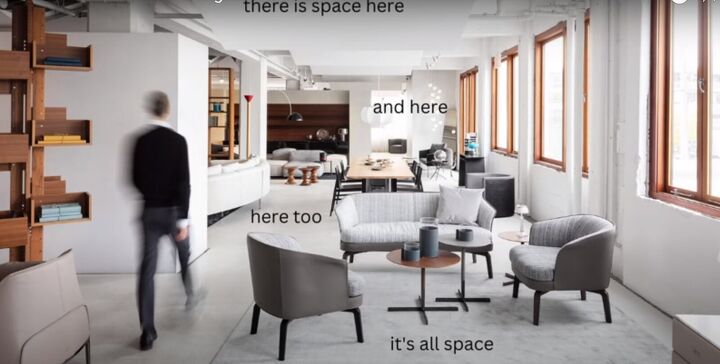






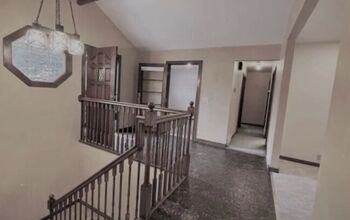
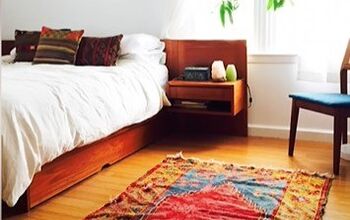
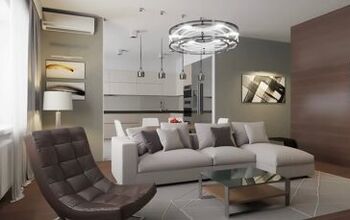

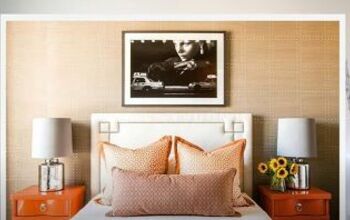
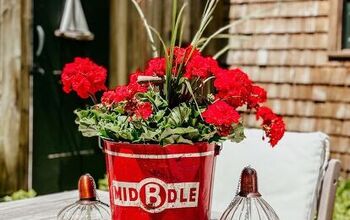
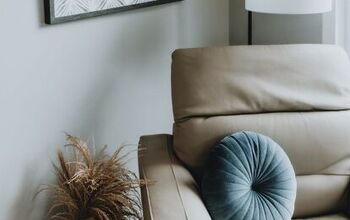
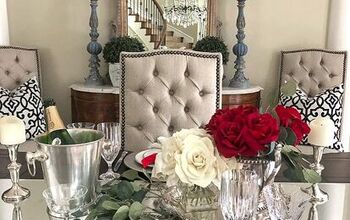



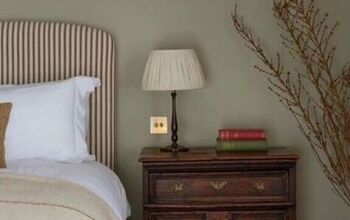


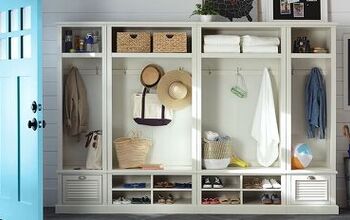

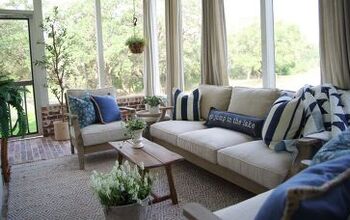
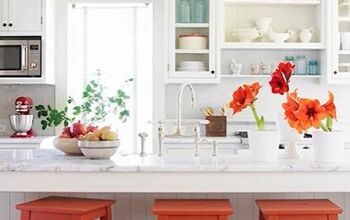
Comments
Join the conversation